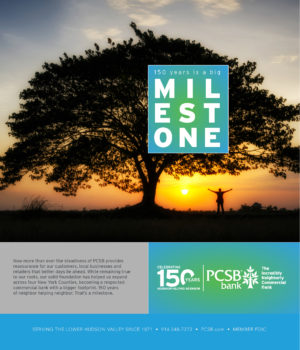Asked to rate the Small Business Administration”™s Paycheck Protection Program, Anna Serio, a commercial loan officer at Finder.com, is very much to the point: “Hopefully they”™ll have a better plan if there”™s a next time.”
 Finder.com, an independent comparison platform and information service based in Manhattan, recently published an analysis of the PPP that ”” while positive overall ”” certainly finds room for improvement.
Finder.com, an independent comparison platform and information service based in Manhattan, recently published an analysis of the PPP that ”” while positive overall ”” certainly finds room for improvement.
As of March 31, when the second and most recent round of PPP ended, the SBA had approved about 11.8 million loans for a total of just under $800 billion. (Those totals include the nearly 6.7 million loans approved for $277.7 million between January 1-May 31, 2021.)
Texas, California, Florida and New York received the most funds and the highest number of loans, due to the size of their economies. But Connecticut did well, with 55,612 loans approved totaling about $3.2 billion.
Serio noted that the majority of businesses that received PPP loans really were small businesses ”” something that should be, but wasn”™t, self-evident. The loans were based on a business”™ payroll costs, with most applicants allowed to borrow 2.5 times its monthly average payroll cost.
But, she added, close to 50% of PPP funding went to loans of $150,000 or more, meaning that 4.6% of businesses received over half of the funds. And, as reflected by the dollar amount, most of the money went to larger companies than would seem to have been the intended recipients.
Headlines were made last summer when the PPP”™s initial $350 billion ran out in just two weeks, with several not-so-small businesses ultimately returning their PPP funds. Those included Shake Shack, a publicly traded company with 8,000 employees and 189 restaurants in the U.S., returning $10 million, and Ruth”™s Hospitality Group, which includes the Ruth”™s Chris Steakhouse and Mitchell”™s Fish Market chains, sending back $20 million.
In both instances, the chains were able to take advantage of a since-closed loophole that allowed any business with 500 or fewer employees per location ”” not total ”” to apply.
 “The SBA has never had hard and fast definitions of what a ”˜small business”™ is,” Serio said. “It”™s always been based more on industry. But by trying to be more inclusive with PPP, they ended up being more exclusive.”
“The SBA has never had hard and fast definitions of what a ”˜small business”™ is,” Serio said. “It”™s always been based more on industry. But by trying to be more inclusive with PPP, they ended up being more exclusive.”
The average loan size in Connecticut was $83,000, with the average company size being nine employees, she noted.
Another disappointment with the SBA”™s PPP data, she said, was when it came to the ethnicity of applicants. Despite a new era that purportedly strives for equity across a number of categories, just 29% chose to disclose their ethnicity, with 13.7% identifying as White, 12.4% as Black and 2.4% as Asian.
Serio said that while the refusal to identify their ethnicity was “a little bit of a surprise,” she believed the questionnaires were faulty. She noted that originally the choices included the outdated “Eskimo” instead of “Alaska Native,” and “Puerto Rican.”

“That”™s a nationality, not an ethnicity,” she said.
And despite remarks by some SBA officials that initial PPP problems were quickly addressed, Serio said she wasn”™t convinced.
“They never quite got everything ironed out,” she said. “They were making changes right up to the very end. They were mostly good changes, but it just added to a lot of the confusion. You couldn”™t really say it was ever fully fixed.”
Asked for an overall assessment, Serio said, “There were mixed results. They helped a lot of small businesses ”” of the 82% who applied in 2020, 77% got approved for all of the funds they applied for. But I think a grant program would have worked a little better than a forgivable loan program, which made it more complicated and overworked its staff.”






















